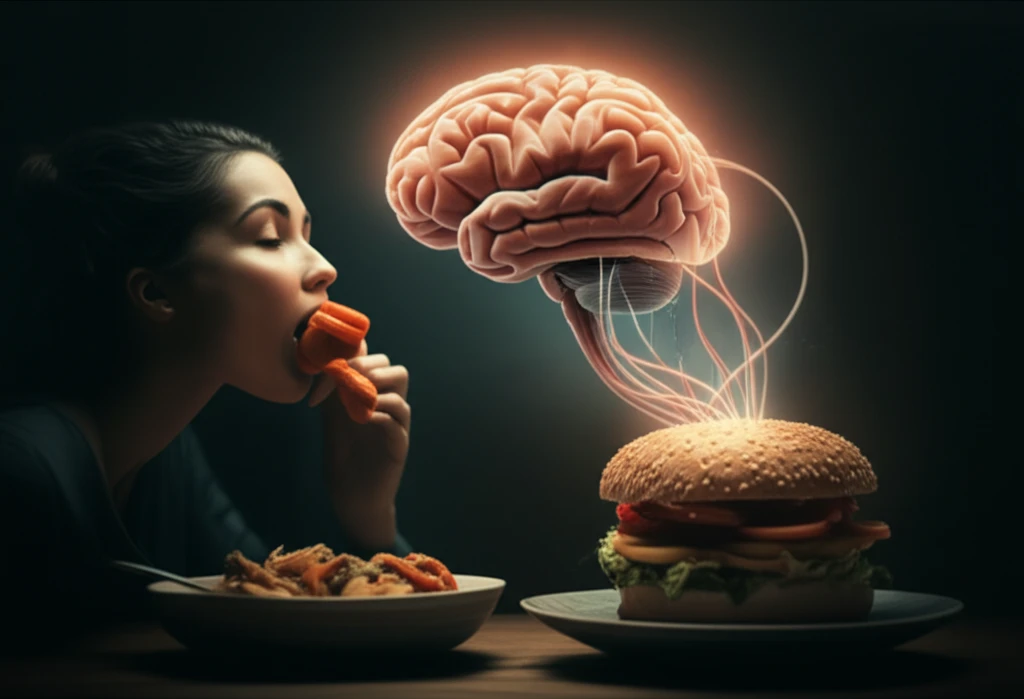
The Food Expectation Effect: How Our Brains Influence Taste
"New research reveals the surprising power of predictive cues in shaping our food preferences and experiences."
Our brains are constantly making predictions about the world around us. This predictive processing isn't just for navigating traffic or anticipating a friend's joke; it profoundly impacts how we experience even the most fundamental pleasures, like eating. The emerging field of 'food expectation' is uncovering how prior information, visual cues, and even subtle suggestions can drastically alter our perception of taste and overall food enjoyment.
Imagine biting into a cookie you've been told is gourmet, versus one presented as a generic brand. Would they taste the same? Probably not! This simple scenario highlights the power of expectation. The brain anticipates a certain experience, and this anticipation shapes our sensory reality. This article delves into the fascinating science behind food expectations, exploring how these biases form and how they influence our dietary choices and overall relationship with food.
Recent studies are beginning to unravel the complex mechanisms at play. From visual cues to explicit suggestions, researchers are identifying the factors that trigger these expectation-driven taste alterations. By understanding these processes, we can gain valuable insights into consumer behavior, nutritional habits, and even potential strategies for promoting healthier eating.
The Science of Suggestion: How Predictions Shape Preferences

A new study published in Scientific Reports sheds light on the active role our brains play in shaping our food experiences. Researchers Kajornvut Ounjai, Shunsuke Kobayashi, and team investigated how predictive cues – information suggesting whether a food image would be 'appetitive' or 'aversive' – influenced participants' ratings of those images. What they discovered reveals a fascinating 'confirmation bias' at work.
- Congruent Bias: Participants rated foods more favorably when preceded by reliable positive cues and less favorably when preceded by negative cues.
- Cue Reliability Matters: The stronger the reliability of the positive cue, the more the positive ratings.
- Spatial Bias: Eye-tracking data revealed that participants' gaze tended to preposition towards the expected response side, suggesting a form of response preparation.
- Response Times: Confirmation Bias: participants responded slowly following predictions due to cognitive processing and validation.
Implications for Health, Marketing, and Beyond
Understanding the food expectation effect has far-reaching implications. For marketers, it highlights the power of branding and suggestive advertising in shaping consumer preferences. By creating positive associations and expectations, companies can enhance the perceived value and taste of their products. From a health perspective, this research suggests potential strategies for encouraging healthier eating habits. By subtly influencing expectations, it may be possible to make nutritious foods more appealing and desirable. Whether we're aware of it or not, our brains are active participants in every culinary experience. Harnessing the power of expectation may be the key to unlocking healthier diets, more satisfying meals, and a deeper understanding of the human mind.
